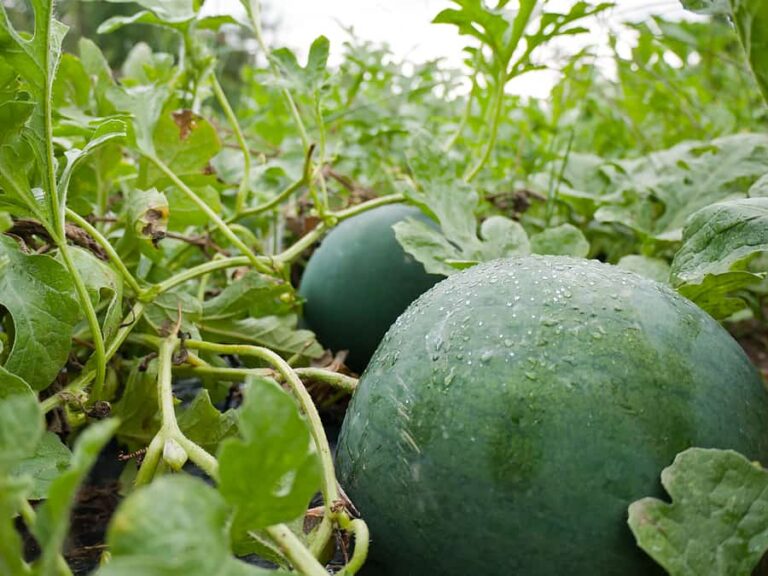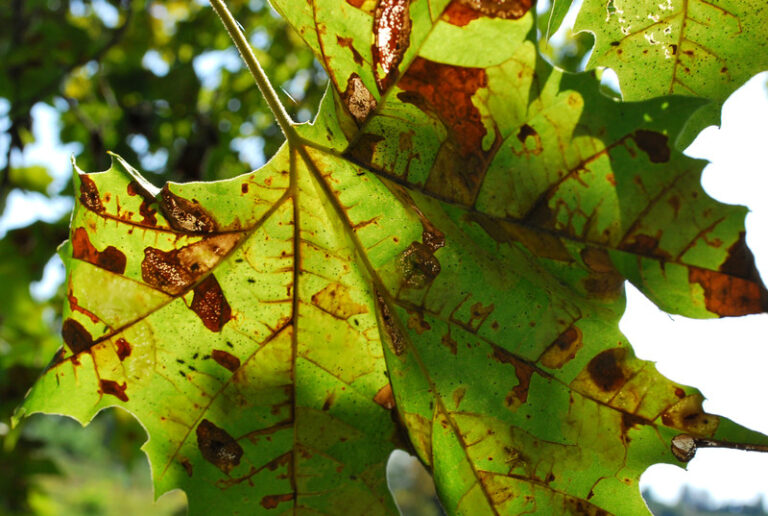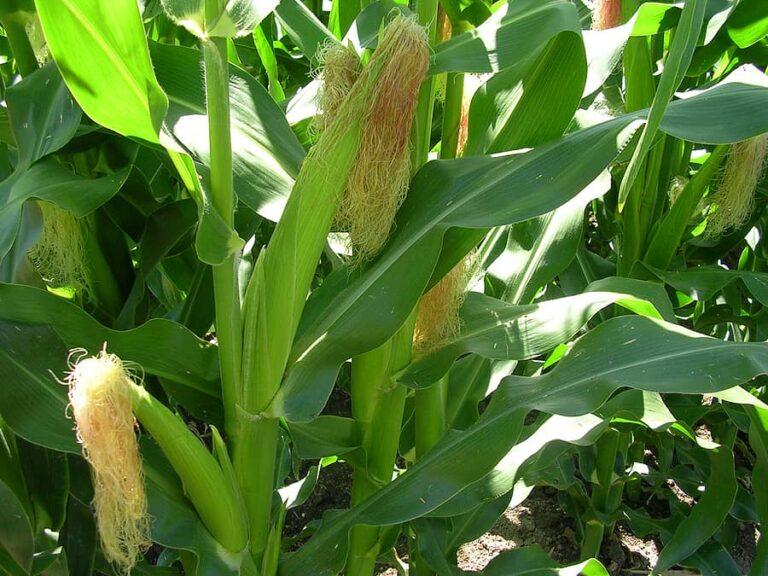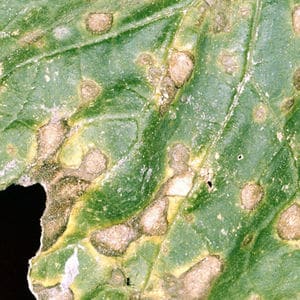Powdery Mildew Defense

Powdery mildew is a fungal disease that causes a white coating on leaves, stems, and flowers of plants.
Powdery mildew attacks beans, peas, lettuce, cucumbers, melons, pumpkins, squash and other plants including many annual and perennial flowers and shrubs.
Powdery mildew fungal spores germinate on the dry surface of leaves when humidity is high and air circulation is poor—often in spring. Plants attacked by powdery mildew can look as if they have been sprinkled with flour; round spots on leaves are white or gray. Often affected leaves turn yellow or brown, dry up, and drop off. Flower buds infected by powdery mildew do not open.
Defending Against Powdery Mildew
Choose one of these defenses against powdery mildew:
- Pick off affected leaves and dispose of them.
- Spray stems and leaf surfaces with 1 part milk mixed with 9 parts water.
- Add a tablespoon of baking soda, 2½ tablespoons of vegetable oil, and a teaspoon of liquid soap (not detergent) to a gallon of water and spray both sides of leaves; test this on a few leaves first to make sure the solution does not cause leaf burn on tender plants).
- Spray plants with compost tea or comfrey tea.
Look for disease resistant plant cultivars next time you plant. Be sure to plant in full sun and to space plants widely so that there is plenty of air circulation in the garden. Avoid nitrogen rich fertilizers. Grow beans and squash up on trellises. Keep the garden free of all plant debris that can harbor fungal spores.







